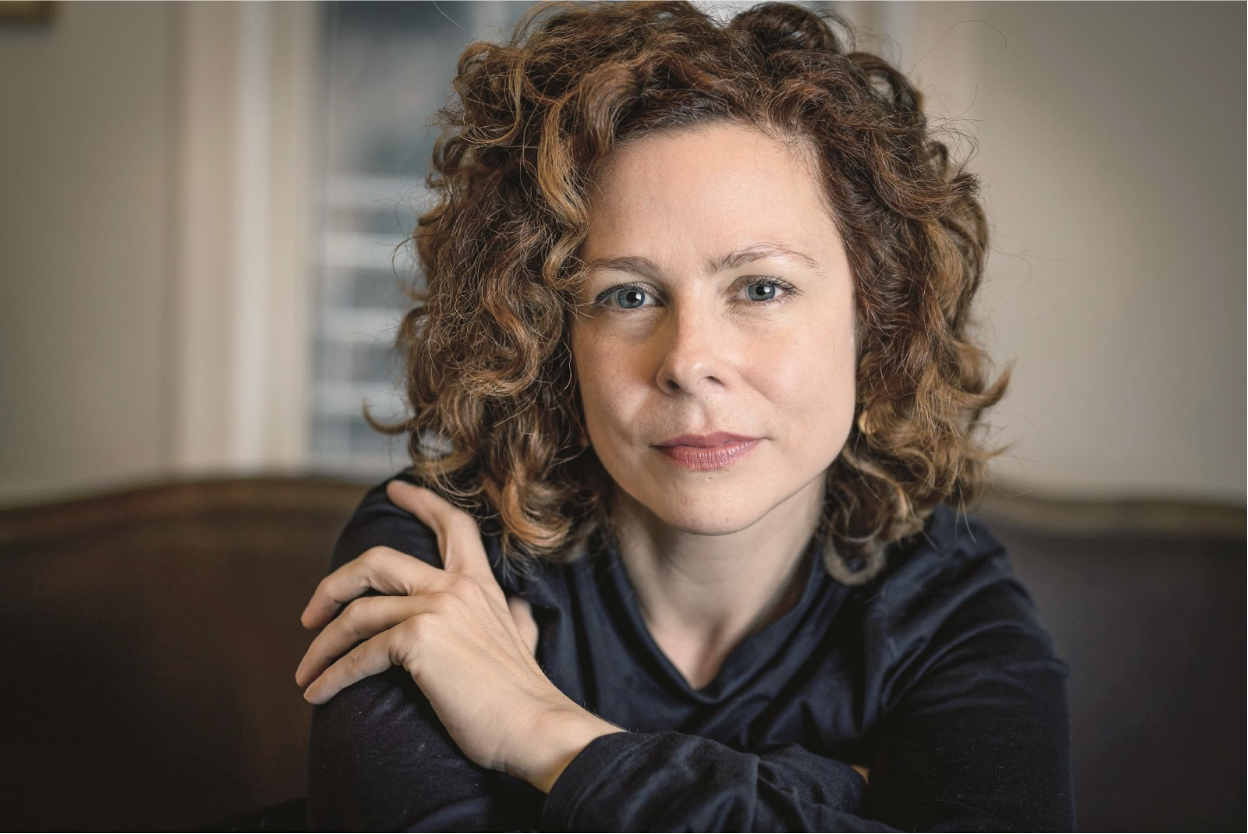Like so many ah-ha moments before it, Cat Bohannon’s new book was born out of libation — a chat at a bar with a bunch of Columbia University post-doc neuroscientists.
That’s when the American academic and author first learned about science’s “male norm” problem. From lab mice to clinical trials to the way research is conducted and funded, male physiology is the default.
In her new book “Eve: How the Female Body Drove 200 Million Years of Human Evolution,” Bohannon uses a wide lens to tee up and swat down the male norm fallacy. Through various “Eves” of evolutionary epochs, she maps out what eventually became defining mammal and human traits, like milk (and why men have nipples too), upright legs and the ability to use tools. Bohannon ultimately shows not only how our species adapted at each stage of potential extinction, but moreover how the female body actually led the slow and steady march toward humanity as we know it.
We sat down with the author to discuss her book in more detail. Her words have been edited for clarity.
Most have likely heard of Lucy, but you start by introducing us to Morgie — the prehistoric near-weasel who was likely the first to lactate. Why start with milk as a defining evolutionary stepping stone?
So one of the most ancient things about mammals is that we lactate — and then that shift of reproduction and nursing … That’s where your health journey literally begins. And that’s a deeply mammalian thing.
As for where to start in the book, moving forward through time across our evolutionary journey isn’t simply a useful narrative device — that’s literally how you think as a biologist. Asking what is deep, deep, deep in our body plan? And then what gets modified from there, the closer we get to the human body?
We’ve covered sex differences in medical research, but what do they mean to the story of evolution?
I think one of the big problems was in stories about the evolution of sex differences in the public space — there are many, many very good stories about our evolution — the female story is often a side character. An oversimplification.
If we’re getting so much of our basic science from the male norm, that means a lot of the info we get on how the female reproductive system works is based on studies that only look specifically at the uterus and ovaries. We don’t have that bigger picture of how, for example, metabolism is working across the sexes, and how it might change during conditions of pregnancy.
In line with that, you argue that criminalizing abortion in countries, like much of the U.S., where maternal mortality is rising and hospital labor wards are shuttering faster than any other medical service, is not only cruel, it’s illogical for species sustainability.
It’s the biological equivalent of cutting off your nose to spite your face. Everyone in the world is constantly trying, including other women by the way, to tell people with female bodies, ‘We own you, we control you, this is what you should do.’
Historically, let’s not forget that the female body has always been the locus of political stories. This has always been a place where we try to situate our understanding of what human life is worth and what society is supposed to be and where culture is fixed. If you’re a person who is lucky or unlucky enough to have boobs and a uterus, that means you’re already where this shift is going to play out. The violence is always located in and directed at our bodies — it’s not like it just started.
But you do end the book on hope, with the idea that sexism is a choice. There’s always biological threats big and small — “asteroids and assholes,” you call them — but we do have choices and decisions to make in the interim, which very well could impact our future existence.
When you understand how very, very short your life is, you’re never quite the same. But you still have to be able to, you know, go out and have coffee with someone on any given Tuesday. But it also gives you this very useful tool, which is useful for hope. Because you can pull the camera back — here’s the last 50 years, what’s the last 100? What’s the last 1,000? What does it mean to be a species that’s 300,000 years old?
Then we see that actually the force is moving forward towards equity and sex egalitarianism. We don’t have to fight nearly as hard as we think. But we just have to be careful with complacency because individual human suffering still matters. And we can reduce that suffering with our efforts.
It’s not that I don’t have my rage. Of course I do. And it’s not that I don’t have despair. Of course I do. For years, revising and editing, I had to figure out if I still felt that way. But, I always landed on hope. Hope is a very, very vital and very human thing to have.



